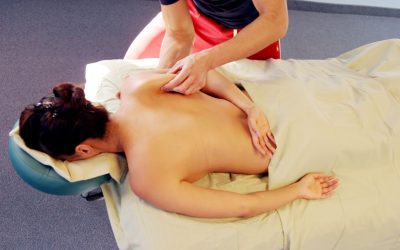Fairly recently, bunion surgery used to be one of the most painful surgeries of the foot. The recovery time from the procedure was often months, which is why many people opted to live with the discomfort and pain of the condition itself.
Today, there are several options in bunion surgery and even some non-surgical procedures that can be used to correct the problem. These non-surgical options are most effective when the bunion is not pronounced and before significant structural damage to the rest of the foot has occurred.
What is a Bunion?
The actual name of a bunion is hallux abducto valgus, and it is not a disease but rather a deformity. It is most commonly associated with tight fitting shoes, high heels and very pointed toes on shoes that force the big toe over onto the other toes. When this happens, the joint of the big toe to the foot takes all the weight of the body, leading to inflammation, skin lesions, and eventually malformation of the foot.
Orthotics
Before recommending bunion surgery, your doctor will typically try a range of treatment options. Some people can wear splints at night and change their shoe style, allowing the toe to gradually move back into position and removing the irritation of the joint.
Separators made of a gel material can also be used prior to bunion surgery, as a way to move the toes back into position. However, if these don’t work, surgery may be the only option.
Surgery
Once the bunion surgery is planned, your doctor will talk to you about the specific procedure he or she will use. It may include removing or repositioning bones, fusing bones, or a combination of procedures to reconstruct the toe or alleviate the changes in the foot causing the pain. Often, screws or plates are put into the area to hold the toe in the correct alignment during the healing process.
Most bunion surgeries are done under local anesthesia, but for more complicated procedures it may be general anesthesia. After surgery, patients will have a one- to two-month recovery time where they will not be able to walk and bear weight on the foot, but they will be able to use crutches to stay mobile.
After bunion surgery, patients will be encouraged to change their footwear to avoid putting pressure on the same area of the toe. Bunions can return if changes aren’t made, something that is essential for patients to understand.
If you are considering bunion surgery, talk to one of Suburban Orthopaedics specialized foot doctors. To learn more about our treatment options, see us online at www.suburbanortho.com.


